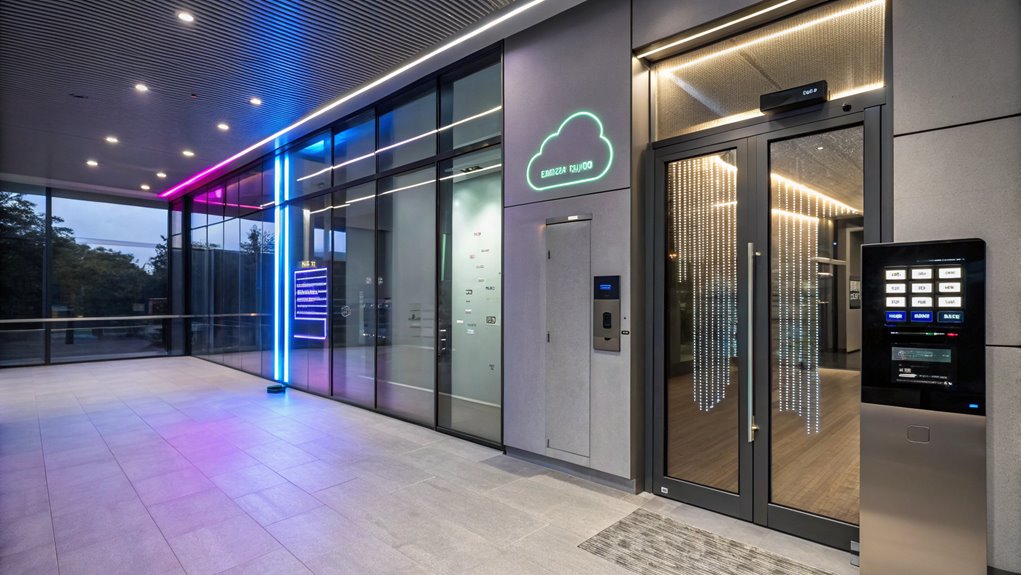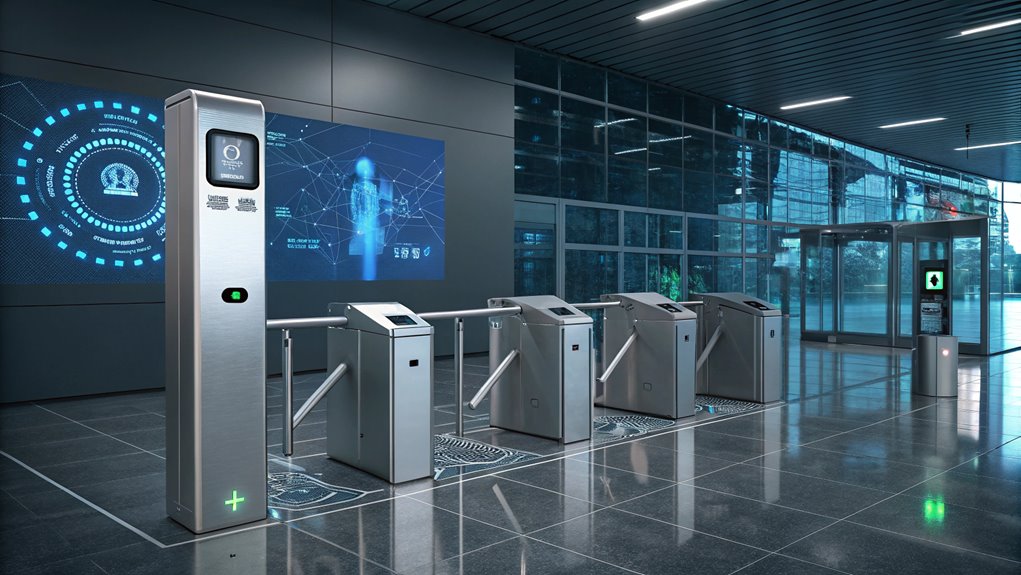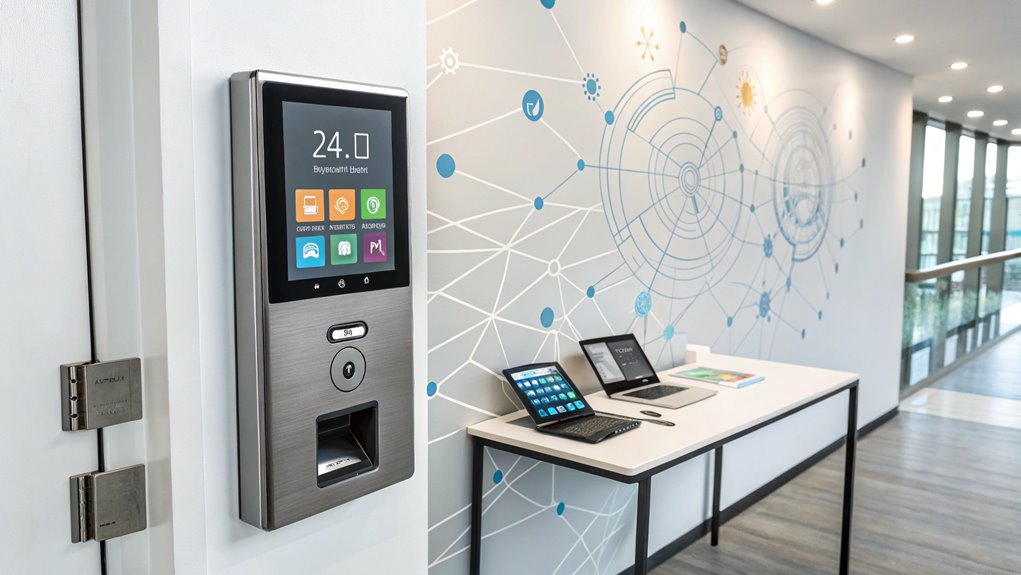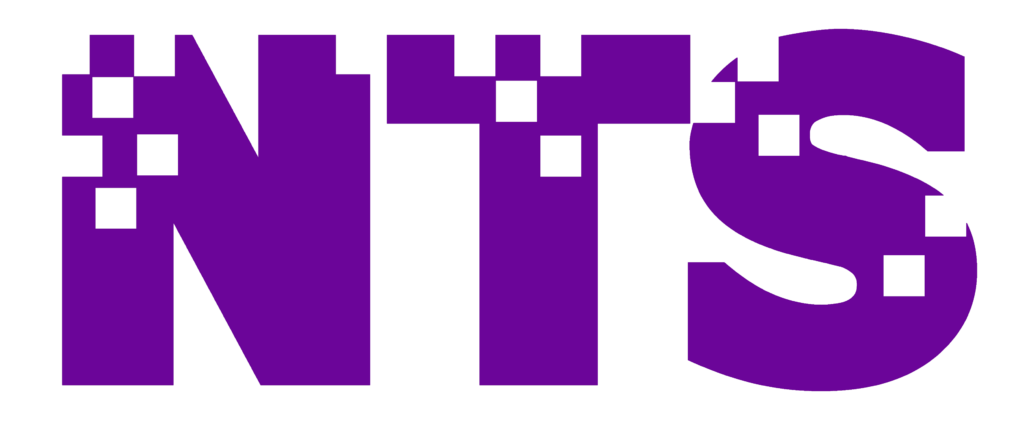Access control is changing fast as new technology makes security both stronger and easier to use. More people are switching to smart locks and fingerprint scanners instead of traditional keys. Systems that run on the cloud and use smart computer programs help catch security problems as they happen. Connected devices let people control access from anywhere, making the whole system work better. As online threats keep changing, companies need to use many layers of security and follow strict safety rules. Keeping up with these changes helps businesses choose better security tools and find new ways to protect their buildings and data.
Key Takeaways
- Smart locks and biometric authentication will become integral, offering enhanced security through unique user identification and automated access controls.
- AI and machine learning will revolutionize access management by detecting anomalies and learning from user behavior to bolster security defenses.
- Cloud-based access control will streamline security management while ensuring compliance with regulations like GDPR through robust data encryption and secure authentication.
- Integration with IoT devices will enable real-time monitoring and management of access points, enhancing overall security and reducing vulnerabilities.
- The future will emphasize multi-layered security protocols to address evolving cyber threats and maintain compliance with shifting regulatory standards.
Rise of Smart Locks

Smart locks are changing how we protect and enter our homes by using new technology that connects to the internet and our phones. These locks work with home systems and let people control who comes and goes from anywhere, at any time.
Users can do helpful things like give short-term access codes to visitors, see who entered their home, and get messages if someone tries to break in.
When it comes to keeping homes safe, smart locks use strong codes to protect against break-ins and often lock by themselves, making them safer than old-style locks. Many smart locks add extra safety steps, like asking for two different kinds of proof that you're allowed to enter, and they can lock automatically after you leave.
By mixing easy-to-use features with strong safety measures, smart locks meet the needs of people who want both comfort and security in their homes and businesses. Furthermore, as these locks incorporate biometric access control technologies, they are expected to become even more secure, making access control safer than ever before.
As these locks get better over time, they're expected to become even more secure, making access control safer than ever before.
Biometric Authentication Technologies
Biometric security tools have become key parts of today's access control systems, keeping things safe by using unique body features or the way people behave. These tools look at things like fingerprints and face shapes to check who people are, making security checks much more trustworthy.
Fingerprint readers, which many people use daily, have grown from basic scanners to smart devices that use light and sound waves. These new readers can clearly see and study the tiny lines in a fingerprint, making quick decisions while stopping fake prints from working.
Smart computer systems help make fingerprint checking even better, adapting to different conditions like temperature and moisture.
Face scanning has also become popular because it works better and faster than before. Using good cameras and smart programs, this technology can spot faces even when the lighting isn't perfect or when people aren't looking straight ahead.
The programs have also gotten better at protecting privacy and avoiding mistakes, making face scanning a good choice for controlling who gets access to places. Furthermore, these biometric methods can be integrated with existing security systems, enhancing overall facility protection and efficiency.
Cloud-Based Access Control

Cloud-based access control offers strong security features, using data scrambling and secure login methods to keep sensitive information safe. This helps companies prevent unwanted access and data theft, which are major worries for today's businesses. Additionally, integrating these systems with multi-layered security approaches ensures comprehensive protection against unauthorized access.
These systems also protect user privacy by keeping personal details safe and following rules like GDPR.
The cloud approach also helps organizations use their resources better and quickly adjust their security as needed. As online security keeps changing, cloud-based access control is becoming a key part of how organizations protect themselves while making sure users can still work smoothly.
Integration With Iot Devices
More and more companies are using smart devices (IoT) in their daily work, and connecting these devices to their access control systems is becoming very important.
When smart devices work together with access control, security gets better and companies can watch and manage who goes where in real-time.
Main benefits of connecting these systems:
- Better home controls: Smart access control systems can easily work with home devices, letting people manage all their security features in one place.
- Strong safety measures: As more smart devices are used, keeping them secure is vital. Access control systems need good protection against any weak points these connected devices might have.
- Easier to use: Connected systems make things simpler for users, letting them manage access from anywhere, get alerts, and change security settings quickly.
As more companies use these connected systems, they find that linking smart devices with access control not only makes security better but also helps them work in more modern and flexible ways.
AI and Machine Learning Applications

AI and machine learning are making access control systems better and easier to use. These tools help companies add new features that make buildings safer while making it simpler for people to enter and exit.
Using smart language tools, these systems can understand and answer when people talk to them. Workers can ask for access or get security updates just by speaking, which makes dealing with security much easier.
The systems can also spot problems before they happen by looking at how people normally use the building. By checking past records, they can notice when something unusual happens that might mean someone is trying to break in. This helps stop security problems quickly and keeps everyone safer.
These systems also get better over time as they learn from new information. Working together with regular security methods, AI-powered access control makes buildings safer in ways that can change and grow. Additionally, the integration of advanced security tools helps strengthen the overall security measures in place.
As more companies start using these tools, smart security systems are becoming more common, leading to better protection for everyone.
Mobile Access Solutions
Mobile access solutions are changing how people use their phones to enter buildings and spaces. Instead of physical keys, people can now use their smartphones as digital keys. This change comes from using mobile passes and virtual keys, which make security better and easier to manage in homes and businesses.
Mobile access solutions offer several benefits:
- Easy to Use: People don't need to carry physical cards or key fobs, which means they can't lose them.
- Better Security: Building managers can quickly change or cancel mobile passes, helping them keep security tight at all times.
- Simple to Handle: Phone apps are easy to use, so people can manage their digital keys without trouble.
As more businesses go digital, mobile access will become more common, showing how important phone-based keys are for protecting buildings and making entry smooth.
In the years ahead, more people and companies will switch to these new ways of controlling access, showing their worth in our connected world.
Remote Management Capabilities

Remote management tools are changing how organizations handle their access control systems. Security teams can now watch and control entry points from anywhere, using live data to make better choices. When someone tries to enter without permission, quick action can be taken right away, which helps stop break-ins before they happen.
These tools also make it easy to keep track of who goes where and when – something that many industries require by law. By keeping digital records instead of paper ones, companies can save time and work more smoothly, cutting down on paperwork and manual checks.
When remote management works together with existing security systems, it makes everything run better and safer. Teams can quickly change who has access or deal with security warnings without going to the building.
As new security risks come up and companies need to act faster, remote management will keep playing a big part in modern security systems, moving beyond old ways of doing things.
Enhanced User Experience
As more companies use modern remote tools, making access control systems better for users has become very important. Access control is changing to put users first, making sure they find it easy and enjoyable to use.
The main parts of this change include:
- Personal settings that users can change
- Easy-to-use screens that are simple to work with
- Smooth connection with tools already in use
These improvements help users quickly get what they need, which makes work faster and better.
Smart systems are also becoming more important because they learn from how people use them and adjust to work better. When companies gather user feedback, they can understand what people like and make their access control work better for everyone.
Cybersecurity Considerations

Organizations today know they need strong access controls to stay safe in our digital world.
As data theft becomes more common, companies must put careful security measures in place to protect their networks. Regular checks help spot dangers early and make sure they follow industry rules.
Strong data protection methods keep private information safe, while using multiple steps to verify users makes it harder for unwanted visitors to get in.
Companies also need to watch closely for threats so they can fix problems before they turn into major issues.
Having a clear plan for handling security problems is crucial – it tells everyone what to do if something goes wrong, which helps limit damage and get things back to normal quickly.
Regular security testing finds weak spots in systems, making the whole setup safer and stronger.
Future Industry Predictions
Industry experts expect major improvements in access control systems in the coming years, driven by new cyber threats and changing rules.
Companies will need to deal with future problems by updating their technology and following regulations properly.
Expected improvements in access control include:
- AI Systems: AI will help spot and handle threats quickly by watching how people use access points.
- Better Biometrics: Improved fingerprint and face scanning will make security stronger while being easier to use.
- More Security Steps: As hackers get smarter, systems will require multiple checks to prove someone's identity.
Access control systems will need to meet strict rules while keeping everything secure.
Combining these new features will help fight threats and follow regulations better.
As things change, companies must stay alert and update their security plans to succeed in today's digital world.
Frequently Asked Questions
What Are the Costs Associated With Implementing Modern Access Control Systems?
Modern access control systems come with several costs. You'll need to pay for connecting all parts of the system together, and this price changes depending on how complex your setup is. You'll also need to cover the costs of putting everything in place, including buying the physical parts and paying workers to set it up. These costs affect both your spending plan and how well the system works.
How Does Access Control Affect Employee Productivity and Efficiency?
Access control helps employees work better and faster by keeping them focused and making daily tasks easier. A good system cuts down on work delays while keeping everything secure, which lets workers spend more time doing their actual jobs.
What Regulatory Compliance Issues Should Businesses Consider?
Companies need to follow many different rules about keeping data safe and protecting people's privacy. They also have to meet specific requirements for their industry. To stay on track, businesses should regularly check if they're following all these rules. This helps avoid problems, shows they take their responsibilities seriously, and helps create good habits throughout the company – which is important for running a successful business over time.
How Can Small Businesses Benefit From Advanced Access Control Solutions?
Small businesses can make their workplace safer and run better by using modern door security systems. These systems work through the internet, letting owners check and control who enters from anywhere. Features like fingerprint or face scanning make sure only the right people get in. This helps keep company information safe while making daily operations run more smoothly.
What Common Mistakes Should Businesses Avoid When Upgrading Access Control?
When updating their door security and entry systems, businesses should steer clear of two big mistakes: not connecting all parts of the system properly, which can cause problems with how it works, and not taking enough time to teach workers how to use it. Poor training can leave gaps in security and slow down daily work.
Conclusion
The advancement of access control systems continues to reshape how businesses manage security, and Nye Technical Services stays at the forefront of these changes. Modern systems now feature smart locks, biometric scanning, and cloud solutions that work together smoothly. By connecting IoT devices and using AI, companies can improve both security and ease of use, while managing everything remotely. Still, protecting against cyber threats remains a top priority to keep data safe. As these technologies grow, access control systems will become more advanced, offering better integration and stronger security features that Nye Technical Services continues to implement for its clients.




